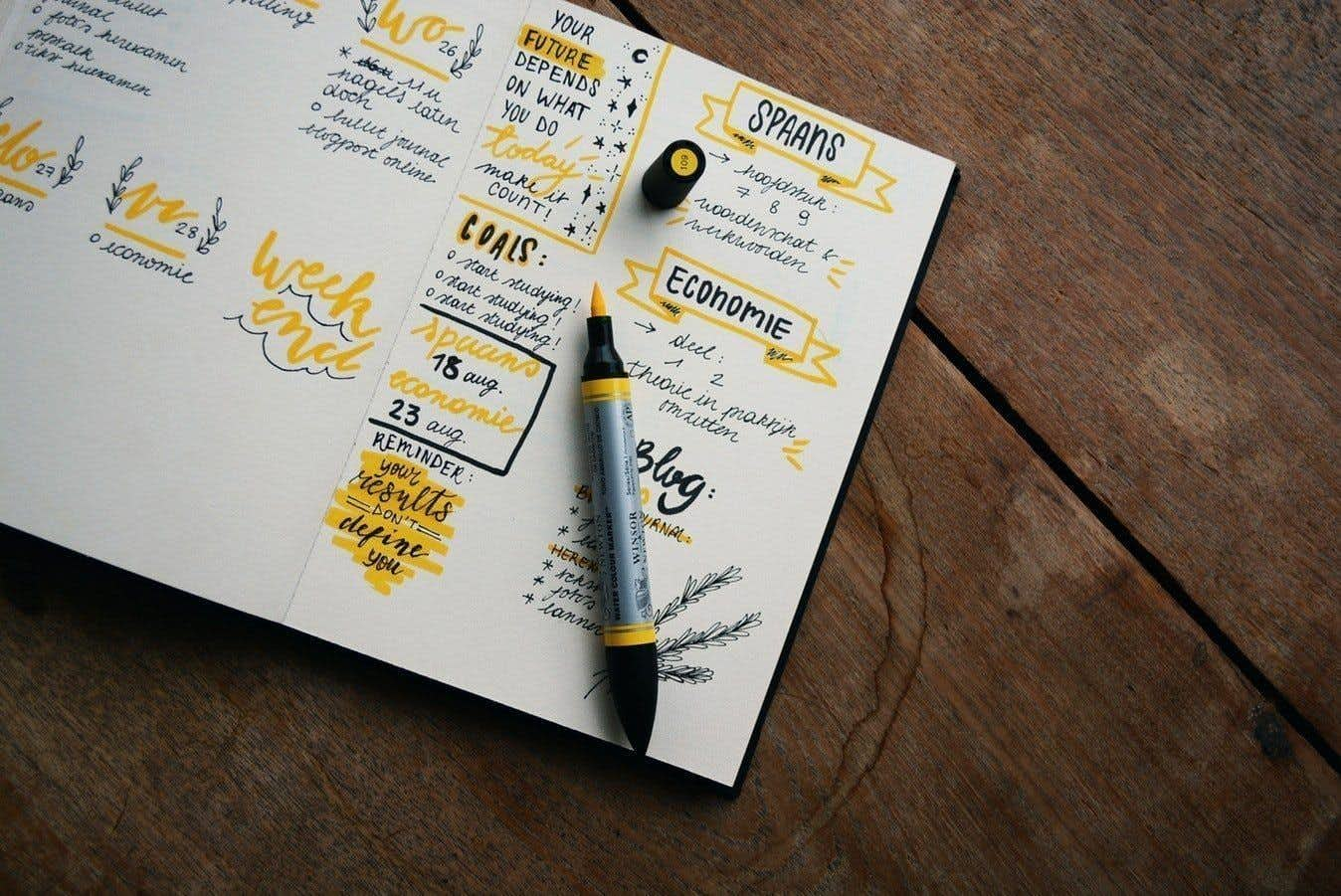March 14th, 2018

Chances are, you’ve heard the term “ADHD” thrown around, but what does having ADHD really mean? And how can it affect a child or adult in their daily life? ADHD is the abbreviation for Attention-deficit/Hyperactivity Disorder and is recognized in the DSM-V. ADHD is characterized to having difficulty maintaining attention to specific tasks and being hyperactive and impulsive. Individuals who are diagnosed with ADHD often have a difficult time concentrating on a single task. The mind of an individual who has ADHD can be quickly stimulated by its surroundings and can struggle to maintain focus. ADHD causes a person to have trouble staying physically still and may engage in impulsive behaviors. While many individuals are diagnosed early in childhood, adults can also struggle with the effects of ADHD. One of the many ways to help treat symptoms of ADHD include providing structure to daily life. Below are a few tips and suggestions of ways to increase structure into one’s everyday routine. Plan your day out the night before: A great way to incorporate more structure in our lives is by creating a routine that we already know we plan to follow. Making a to-do list the night before of goals and expectations for yourself can help provide encouragement to start the day off on a positive note. Feeling prepared for the day ahead can help regulate feeling overwhelmed, anxious thoughts, and stress. An ADHD mind often times can be easily distracted and having a clear expectation of what the day holds can help stay on track and focused. Start small: So many times, we want to make the big changes and reach grand goals without taking time to assess the process in how we get there. To add more structure into your lifestyle, try starting small and working your way up to a routine that suits you. Choose one task and begin implementing it into your day whether that be creating a to-do list, setting alarms, or something else entirely. Focusing on that one task and adding it to your daily schedule will build consistency and sequence and begin to feel less overwhelming. Once you feel you have mastered that task or that you’re prepared to add to your routine, choose another task and repeat the process! Keep things simple: It is very natural for an individual with ADHD to fall into the trap of taking a task and over-complicating causing it to become overwhelming. Make an effort to simplify a situation and allow yourself time to slow things down for yourself. There is no rush in creating a realistic schedule, so take the time to build one that suits you! Creating a schedule or a routine does not need to have a large number of components, but instead a few core points that provide the framework for building a schedule. For example, try doing a few tasks at night to help make the morning a little easier such as picking your outfit out and prepping coffee and lunch before bed. Write things down: One of the difficulties in coping with ADHD is often having trouble staying organized and remembering appointments, assignments, and deadlines. We tend to have unrealistically high expectations of ourselves and expect to just remember important tasks, responsibilities, and events. Do yourself a favor and take some of that load off and keep a journal or a planner that keeps track of these types of responsibilities. Keeping a planner or a calendar of upcoming events can encourage time management and promote efficiency. Writing everything down in one place will also help in managing the day ahead. Use that phone: It’s no secret that checking our phones have become second nature to us. The time it takes to check five different social media accounts, new articles, and respond to emails and messages can be broken down into mere minutes. Why not use some of that second nature to our advantage? Setting daily reminders and utilizing applications in our phones is a tool that we have at our fingertips but often don’t interact with. Take a few minutes to explore the different apps that are offered that cater to organization such as to-do lists. Do something for yourself: Adding structure doesn’t have to only revolve around chores and responsibilities! Engaging in an activity for yourself daily can promote positivity and build motivation. Adding self-care into your schedule personalizes it to your needs. If you feel like working through a few hours straight is difficult, plan breaks for yourself that cater your needs and challenges procrastination and wandering. One great way to get back in touch with yourself is doing a 3-5-minute mediation that encourages self-awareness and mindfulness. And last but not least, go easy on yourself! Every day is different and adding structure to our daily routine is not an easy adjustment! Don’t be discouraged if you are unable to complete your goal. Remember that every day is unique and yours for the taking. If structure still feels difficult to incorporate into the day, try going back and reevaluating the goals you’ve created for yourself. Often times, small tweaks in your schedule can have a great impact!
Our Services
Virtual/Online CarePHP and IOPAdult PsychiatryChild & Adolescent PsychiatryAdult TherapyChild & Adolescent TherapyCouples CounselingFamily TherapyGroup TherapyPsychological TestingTranscranial Magnetic Stimulation (TMS)